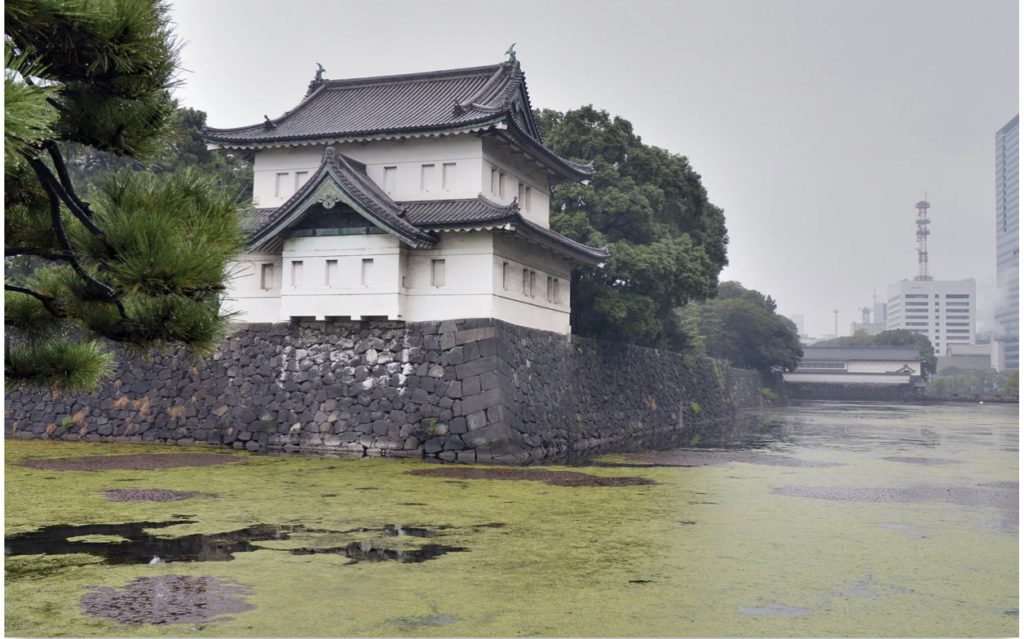
By: jpellgen
This week on Wednesday we started talking about the early Tokugawa or Edo period as well as traditions and arts that appeared at this time such as the tea ceremonies and a form of theater known as Kabuki on Friday. The early Tokugawa/Edo period lasted from about 1600-1868. The Tokugawa was the family in control of Japan, specifically Tokugawa Leyasu (1543-1616). Tokugawa Leyasu started the reign of the Tokugawa clan. He was a regent to the son of Hideyoshi, the next emperor of Japan. However, Tokugawa and the other four regents wanted Japan for themselves. They fought and after the Battle of Sekigahara, Tokugawa Leyasu came out on top. His success is largely due to the fact that he had guns and figured out tactics such as line infantry so when one line of soldiers reloaded the next line of soldiers would fire. However, Leyasu was so afraid these guns would be used against him that he banned all use of the weapons and their development. When Leyasu took power he wanted absolute loyalty from everybody involved, be it enemy or ally. The article “Control of Vassals.” by David John Lu states, “In the assignment of domains, care was taken to reward the Tokugawa vassals and allies, and to ensure loyalty of the tozama. The bakufu possessed the power of reassigning domains or confiscating them … Daimyo families were not allowed to contract marriages without approval from the bakufu, and major daimyo families were bound to the Tokugawa through marriages. A system of leaving hostages in Edo became compulsory in 1634, and the following year the system of alternate attendance (sankin kotai) became institutionalized.1” This quote illustrates that Leyasu was very paranoid, and he was afraid people were gunning for his position.
As such, he not only made an impenetrable fortress but all retainers were required to spend 6 months at the capital, tending to the emperor. While they spent the next six months doing their jobs back home, their wives and children would be sent to the capital as deterrents from starting a rebellion. Leyasu did this because he felt that if they rebelled they would already have their family hostage. Also, the lords had to come to the capital with a big parade to show off their status. Leyasu realized that they would not have enough money to make a rebellion if they did this, so he required everyone to do so. If a lord did not show up with a big parade then people might start suspecting them of trying to rebel. As such, the lords were forced to spend a lot of money on big parades. Leyasu also made it so any lord’s land was not only small but placed on almost opposite sides of Japan as to make a gathering of militia almost impossible. He also forbade the marriage of families that are neighboring each other as they could make an army big enough to one day crush him. Leyasu’s excessive paranoia leads me to wonder what caused him to think he was under such threats. It also makes me wonder if his paranoia paid off and if he was saved because of it.
Bibliography
“Control of Vassals.” In David John Lu. Japan: A Documentary History, 203-208. Armonk, NY: M.E. Sharpe, 1997. (PDF)
Leave a Reply